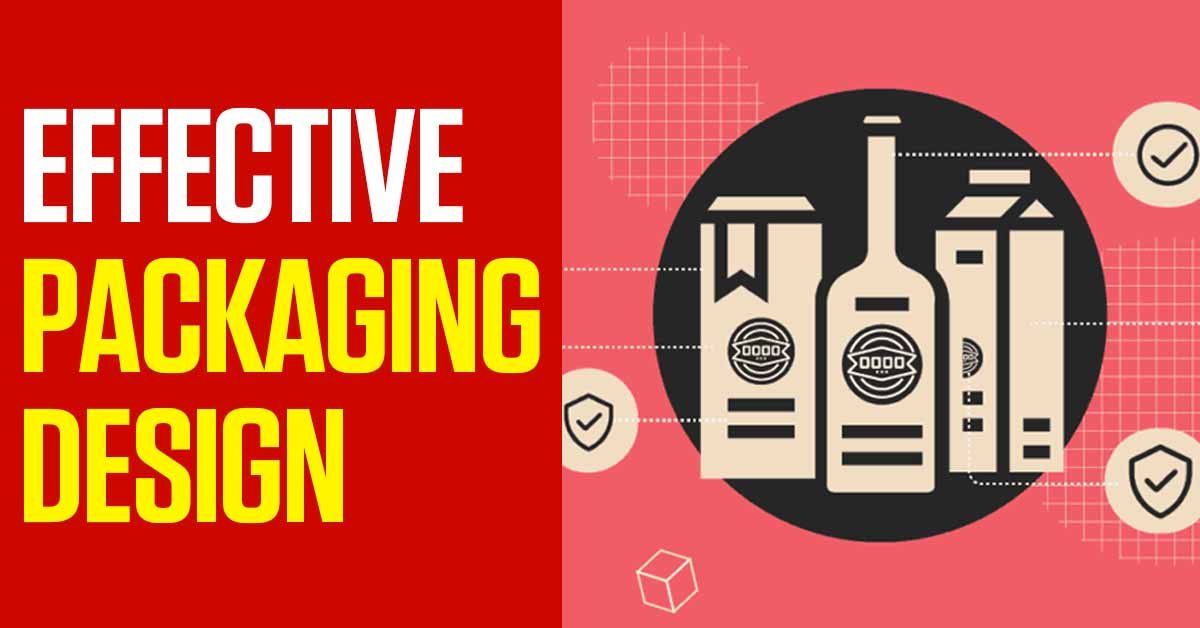Introduction
Packaging is a critical aspect of product design that not only protects the product but also serves as a powerful marketing tool. Effective packaging design can attract customers, convey the brand’s message, and enhance the overall user experience.
The Importance of Packaging Design
- First Impressions
- Packaging is often the first interaction a customer has with a product. Well-designed packaging can create a positive first impression, encouraging customers to choose your product over competitors.
- Brand Identity
- Packaging design is a key element in building and maintaining a brand’s identity. Consistent use of brand colors, logos, and design elements helps in reinforcing brand recognition and loyalty.
- Functionality and Protection
- Beyond aesthetics, packaging must also be functional and protect the product during transportation and storage. Good packaging design considers both form and function.
- Consumer Experience
- Effective packaging enhances the consumer experience by making the product easy to open, use, and store. Thoughtful design can also create a memorable unboxing experience that adds value to the product.
- Marketing and Communication
- Packaging serves as a communication tool, providing important information about the product, such as ingredients, usage instructions, and brand story. Clear and attractive packaging can convey these messages effectively.
Key Elements of Effective Packaging Design
- Clarity and Simplicity
- Ensure that the packaging clearly communicates what the product is and its key benefits. Avoid clutter and keep the design simple and easy to understand.
- Visual Appeal
- Use colors, typography, and imagery that are visually appealing and align with the brand’s identity. The design should be attractive enough to catch the consumer’s eye on the shelf.
- Functionality
- Design packaging that is easy to open, use, and store. Consider the practical aspects of packaging, such as durability and ease of handling.
- Brand Consistency
- Maintain consistency with the brand’s overall visual identity. Use the same color palette, fonts, and design elements that are used in other brand materials.
- Sustainability
- Consider the environmental impact of the packaging. Use eco-friendly materials and design packaging that is recyclable or reusable to appeal to environmentally conscious consumers.
Tips for Designing Effective Packaging
- Know Your Target Audience
- Understand who your target audience is and design packaging that appeals to their preferences and needs. Conduct market research to gather insights about your consumers.
- Stand Out on the Shelf
- Analyze competitors’ packaging and identify opportunities to differentiate your product. Use unique shapes, colors, and designs that make your product stand out.
- Focus on Typography
- Choose fonts that are readable and reflect the brand’s personality. Use typography to highlight important information and create visual hierarchy.
- Use High-Quality Images
- Incorporate high-quality images that showcase the product and its benefits. Ensure that the images are clear and visually appealing.
- Test and Iterate
- Create prototypes and test them with real consumers to gather feedback. Use this feedback to refine and improve the packaging design.
Case Studies of Effective Packaging Design
- Apple
- Apple’s packaging is known for its simplicity, elegance, and premium feel. The unboxing experience is designed to be memorable and enhance the perceived value of the product.
- Coca-Cola
- Coca-Cola’s iconic red and white packaging is instantly recognizable. The brand consistently uses its logo, color scheme, and design elements across all its products, reinforcing brand identity.
- Innocent Drinks
- Innocent Drinks uses playful and friendly packaging that reflects its brand personality. The use of quirky illustrations and conversational copy creates a strong emotional connection with consumers.
Conclusion
Effective packaging design is essential for attracting customers, conveying the brand’s message, and enhancing the overall consumer experience. By focusing on clarity, visual appeal, functionality, brand consistency, and sustainability, businesses can create packaging that not only protects the product but also serves as a powerful marketing tool. Conducting market research, testing prototypes, and iterating based on feedback can further ensure that the packaging design resonates with the target audience and stands out in the competitive market.
